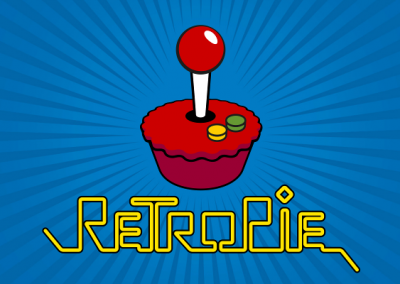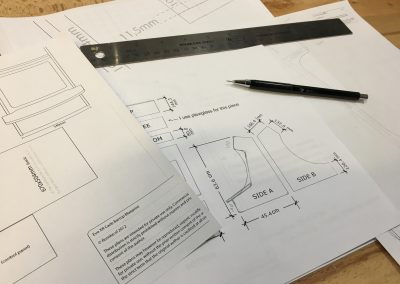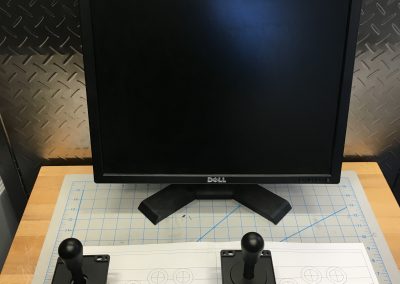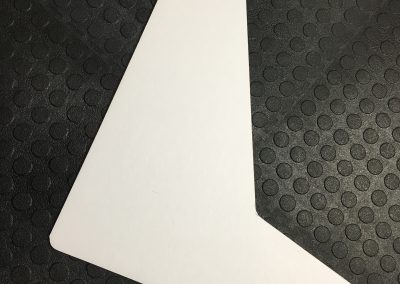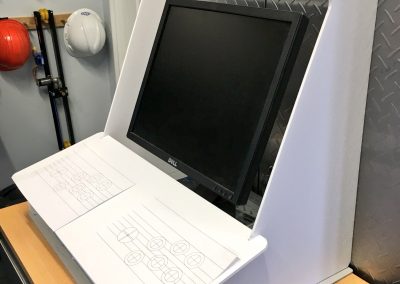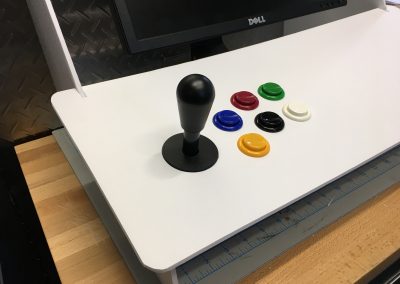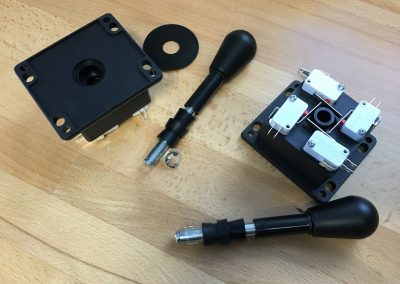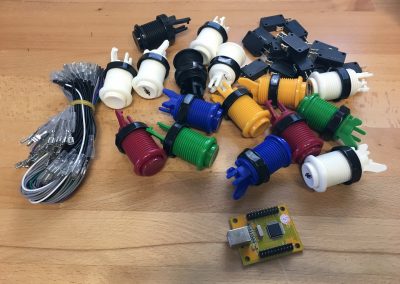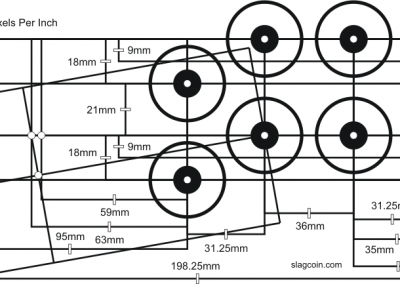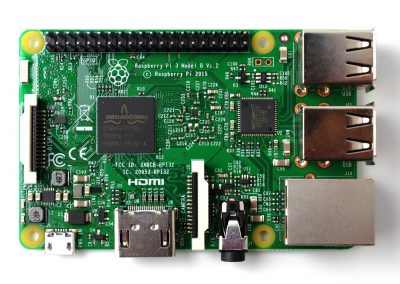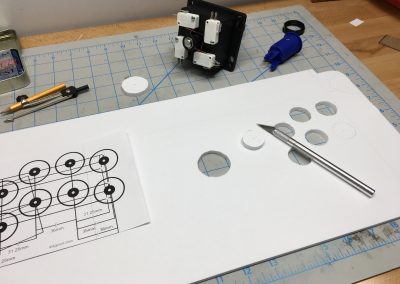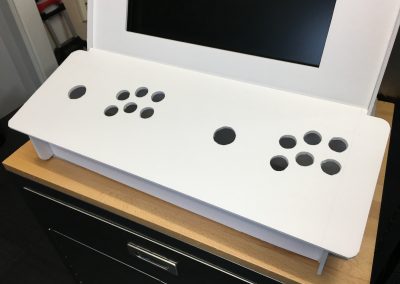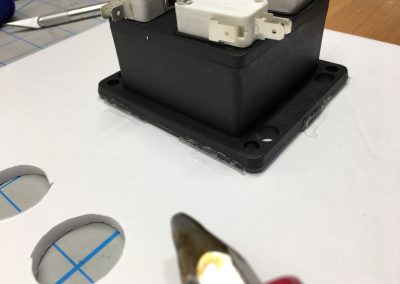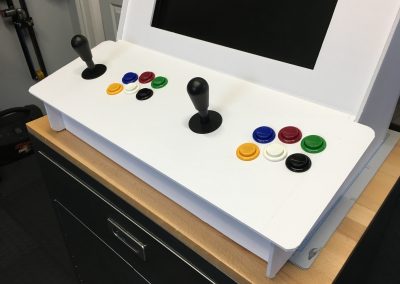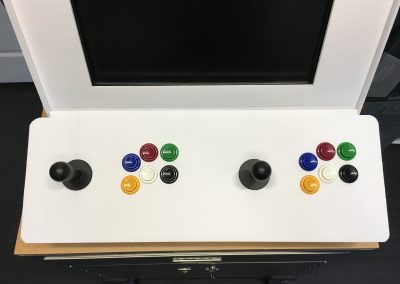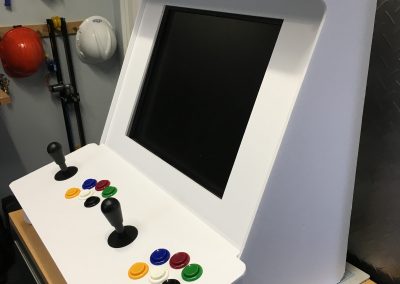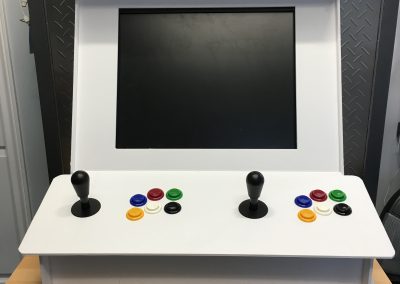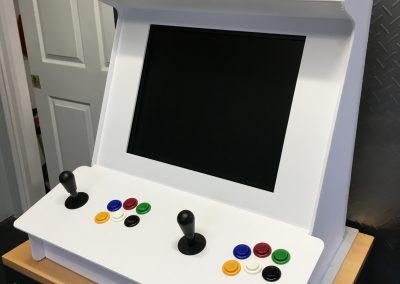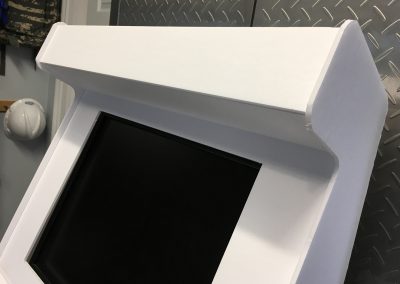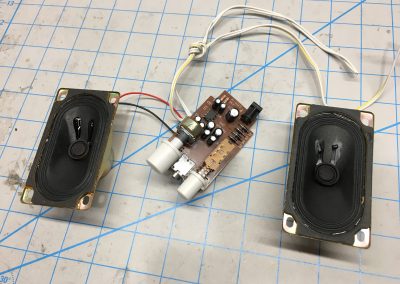Bartop Arcade
Status: In Progress
Last Updated: Jan 18 2017
Inspired by a number of other makers & projects we have seen, and wanting to get back to some old school retro gaming of our childhood, this project is focused on creating a custom bar top arcade system based on the RetroPie OS image for the Raspberry Pi mini computer. This project is being done in conjunction with ThreeDayPass
Research
Going into the Arcade project, we had to make a number of decisions. Who would be using it? How much maintenance or configuration are we willing to get involved in? What about parts costs? What types of games would they play? Where would the the unit live when completed? What about the ever elusive “Spousal Acceptance Factor”?
Our units would be used primarily around the house by ourselves and guests, including teenagers or kids. That means we need a front end that doesn’t need a lot of configuration when switching from game to game and with the ability to lock away settings from casual users if we wanted to avoid the headaches of fixing stuff during or after a play session. Once set up, we want little maintenance beyond the occasional update or change of theme. Being of a relatively similar vintage, we knew we wanted to focus on the golden age of cartridge gaming. That meant building a solution capable of running emulators for the systems buried in our storage or that of our parents. With full homes, families and pets, we knew we’d also want something that could be moved around relatively easily – so on wheels or a smaller form factor. Lastly, it had to meet the nebulous criteria of the “Spousal Acceptance Factor” – criteria that are often harder to nail down.
All these factors and some googling and research led us to some key core decisions.
- There’s lots of different front ends available for home arcade units, but the two options that seem to be front of the pack are Recalbox and RetroPie. Both will help run through the installs and have front ends built in like custom versions of EmulationStation. We went with RetroPie, but do your homework and contrast the options to see which will work for you. One thing we liked about RetroPie is that it has a easy to install experimental package that adds some functionality to make the unit more kid friendly. Using the very versatile Raspberry Pi also simplifies costs.
- A full size cabinet is BIG. It can take a lot of space, are difficult to move from location to location and can dominate the space they are in. For our purposes, we went with a modified bar top design, taking elements from a couple different designs.One big influence was the overlap design of Floriske.nl’s “evo XR cade” xbox bartop, as it left a good amount of room for the players without feeling crowded.
- Building an arcade cabinet allows you to incorporate all the controls you might want, and then some. Carefully looking at the types of games we wanted to revisit, we knew we could exclude exotic controls like spinners or trackballs, which helps reduce costs. With the exceptions of the Atari Jaguar and Nintendo64, cartridge systems tended to top out at six main buttons plus start & select, which means a reasonably uncrowded two player control panel. That’s important for a bar top where you may have less space under the Control Panel.
- To influence the Spousal Acceptance Factor, we intended to keep the design simple and modern – no garish or cheesy art on the sides. We also wanted to incorporate little touches, like a switch for the marquee lighting and volume controls.
Resources
The following are a list of useful resources that were used throughout the project:
- RetroPie
- Raspberry Pi
- slagcoin Joystick Controller page
- Floriske.nl’s “evo XR cade” xbox bartop
- I Like To Make Stuff – Custom Arcade Cabinet Project
- Arcade Machine | applebymakes
Software
The core software used for the project is RetroPie.
RetroPie allows you to turn your Raspberry Pi or PC into a retro-gaming machine. It builds upon Raspbian, EmulationStation, RetroArch and many other projects to enable you to play your favourite Arcade, home-console, and classic PC games with the minimum set-up. For power users it also provides a large variety of configuration tools to customise the system as you want.
RetroPie sits on top of a full OS, you can install it on an existing Raspbian, or start with the RetroPie image and add additional software later.
Hardware
At the heart of the system’s hardware is the Raspberry Pi 3.
The Raspberry Pi is a credit-card-sized computer that plugs into your TV and a keyboard. It is a capable little computer which can be used in electronics projects, and for many of the things that your desktop PC does, like spreadsheets, word processing, browsing the internet, and playing games. It also plays high-definition video. We want to see it being used by adults and children all over the world to learn programming and digital making.
Cabinet
On the cabinet design side there is a wide variety of available plans on the Intertubes that you can download for free or purchase or review as a reference for your own design. For the cabinet in this project we chose to create our own, incorporating a variety of layouts and ideas into the design.
Since there was expected to be a bit of trial & error and tweaking involved in the cabinet design, the initial layout and sizing was first roughed out on paper against other existing plans. From there the shape was transferred to foam board which would be used to create a full scale mock-up. The final cabinet will be built from 1/2″ MDF.
One main variable in each individual cabinet design is adjusting to the sizing of the specific monitor you are using. This will impact the overall size required and how the associated bezel will be made and fit into the design. In this case we are using a 19″ Dell 4:3 aspect LCD monitor.
The second element of the design that varies based on personal taste and comfort is the layout and position of the joystick and buttons. There are a wide variety of “suggested” placement. Using the foam board mock-up allowed us to try different setups and get something that felt right for our needs.
A great, and very technically detailed resource for control layout can be found here – http://www.slagcoin.com/joystick/layout.html
Disclaimer
We will not be discussing the sourcing of game ROMs & do not condone illegal activity.

